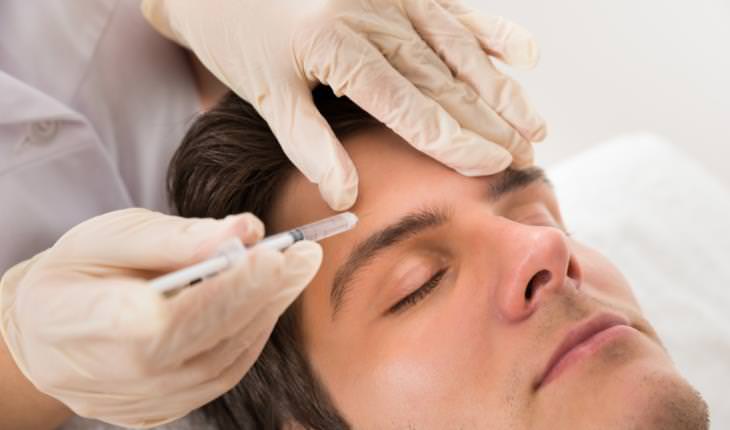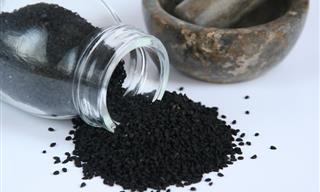So what is micro Botox?
If you're familiar with Botox, you already know the ins and outs of how to choose a practitioner and what to expect on the day of injection. But you're also familiar with a kind of stiffness, a frozen expression on your face. Well, with micro-Botox, you'll freeze no more.
Micro Botox is the same as Botox; you use the same tools, and the procedure itself is almost the same. But instead of injecting large amounts into a few points across the face, the micro Botox technique distributes less of the material into more injection points, thus creating a gradual effect that will allow more motion in the face.
The result is a freshened-up look, rejuvenated yet natural. Smaller amounts of Botox at the same strength will eliminate wrinkles while not looking so obvious. The feeling will also be more flexible. "Administering a larger dose in fewer areas can ‘freeze’ the forehead by blocking the muscle in a heavier way," says doctor Dr. Ashwin Soni, a Plastic and Reconstructive Surgeon. Distributing the doses more widely with additional injection points doesn't block the muscles as heavily as higher concentrations of Botox.
Micro Botox is also a great preventative treatment and is a good choice for individuals who've never had injections and are looking for a natural, subtle start to their journey.
What results can you expect?
First, a short introduction to Botox. There is a toxin in Botox that blocks the nerves from telling your muscles to contract. This minimizes the look of wrinkles because your skin doesn't crease as much - the muscles don't pull it. Botox can also add volume to sagging areas of the skin that need that lift.
Ideally, you would start when you have fine lines before they settle into deep wrinkles. But micro Botox is all about that natural, graceful look. The perfect candidate would have healthy skin, no allergies to Botox, and no high blood pressure to minimize the chances of bruising.
Before treatment
You will have a consultation with your practitioner where you will share some medical information. You'll be asked to arrive with a clean face and your doctor will sterilize your skin before injecting. You may also receive a topical or injected anesthetic. The injections themselves only take a few minutes.
Two weeks before the session, avoid blood thinners, Aspirin, or ibuprofen. Two days before the session, avoid alcohol.
After treatment
The results will last three to four months. There is little to no downtime when injecting Botox- you can skip out of the clinic and back to the street. Immediate side effects will be pain, swelling, and possibly headaches, but keep in mind that Botox is considered a lower-risk procedure. The end results will be apparent a week after the session.
Refrain from strenuous exercise, such as jogging, in the days following the injection to avoid redistributing the Botox before it’s settled. Avoid facial massages or lying flat for five hours after the treatment to allow even distribution across the skin.
How to find a good clinic
Finding a good clinic isn't only about the practitioner's academic diploma. It's also about their experience, philosophy, and how their aesthetic aligns with yours.
1. Research your provider: their experience, before and after pictures, recommendations, and reviews. Read into their training and make sure they have the certificates to back it up.
2. Educate yourself about the side effects of injections.
3. Know that this industry is highly unregulated, therefore, it's important to know which materials are considered high-quality. Ask your practitioner about their insurance coverage.
4. Pick a provider who has extensive experience with facial anatomy. Nowadays, many hair salons and even dentists offer injections. Best to avoid these options, no matter how attractive the price.
5. Make sure there are both consultation and follow-up meetings. Your provider should be clear about results, dosages, and the materials used.
6. Head over to the American Society of Plastic Surgeons' website to find a licensed practitioner.
 Go to BabaMail
Go to BabaMail



























